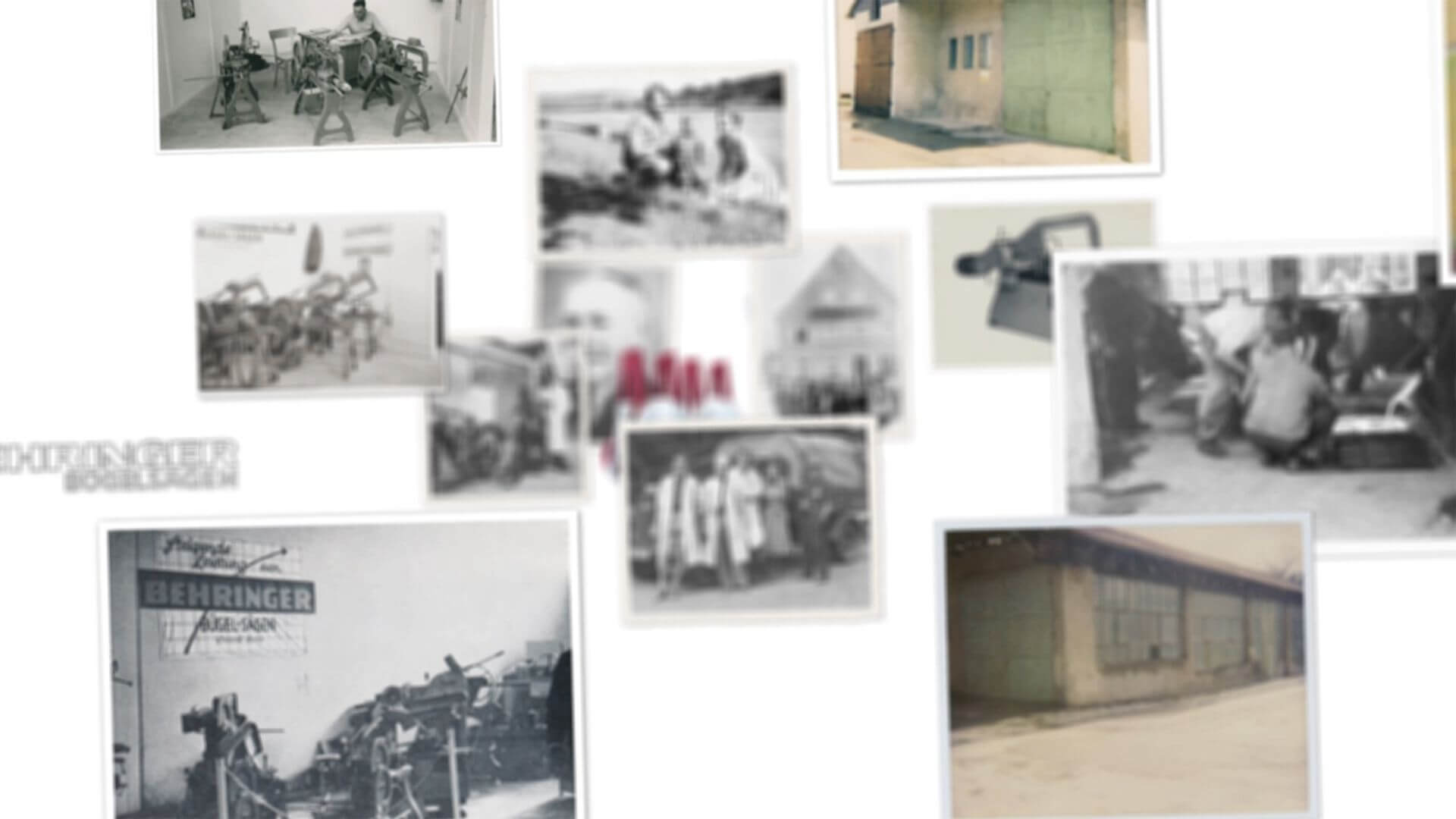How it all began...
From a one-man band to leading international provider of innovative sawing technology.
Behringer GmbH’s success story began when August Behringer founded a mechanical workshop in 1919. Aged 27, he and his wife Emma decided to become self-employed, despite the turmoil of the post-war years. His determination to do something new and expand his area of activity spurred him on.
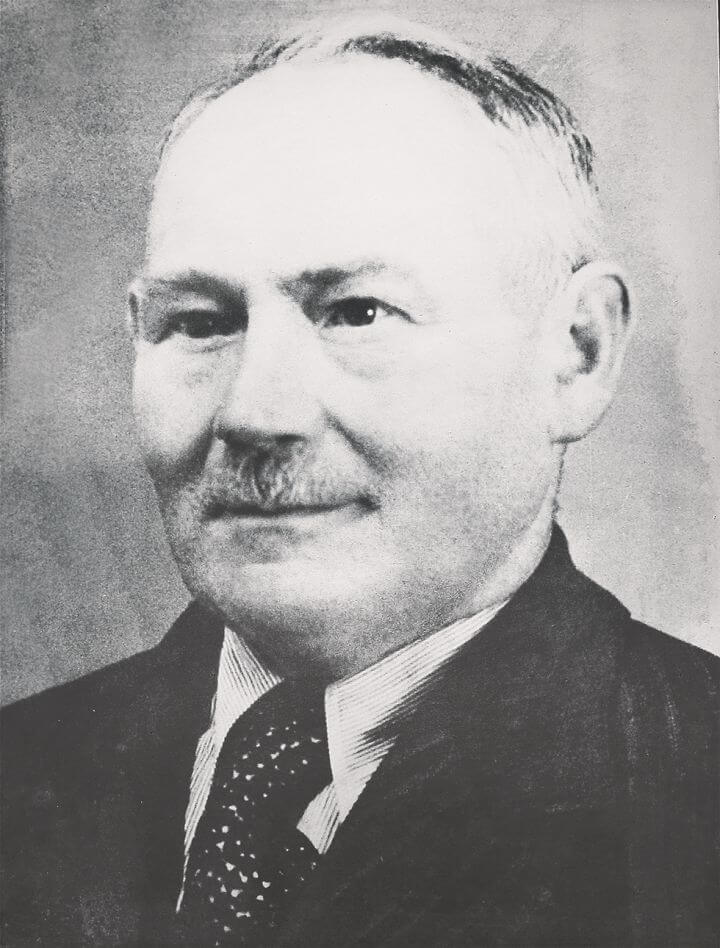
Foundation
August Behringer founded a small locksmith’s shop with a mechanical workshop in the centre of the village of Kirchardt. The versatility he possessed as a tinkerer was the skilled locksmith and trained mechanic’s asset.
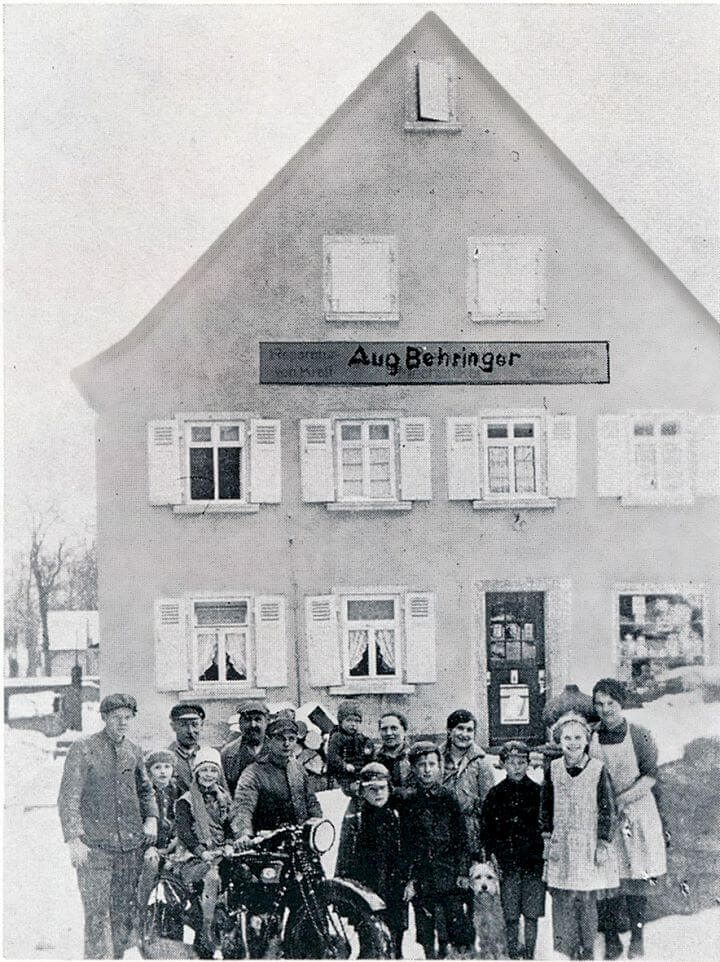
Mom-and-Pop Store
At his side was his wife Emma. Her mom-and-pop shop formed the second string in the couple’s bow. The family was growing too, with the children Else, Willi and Herbert.
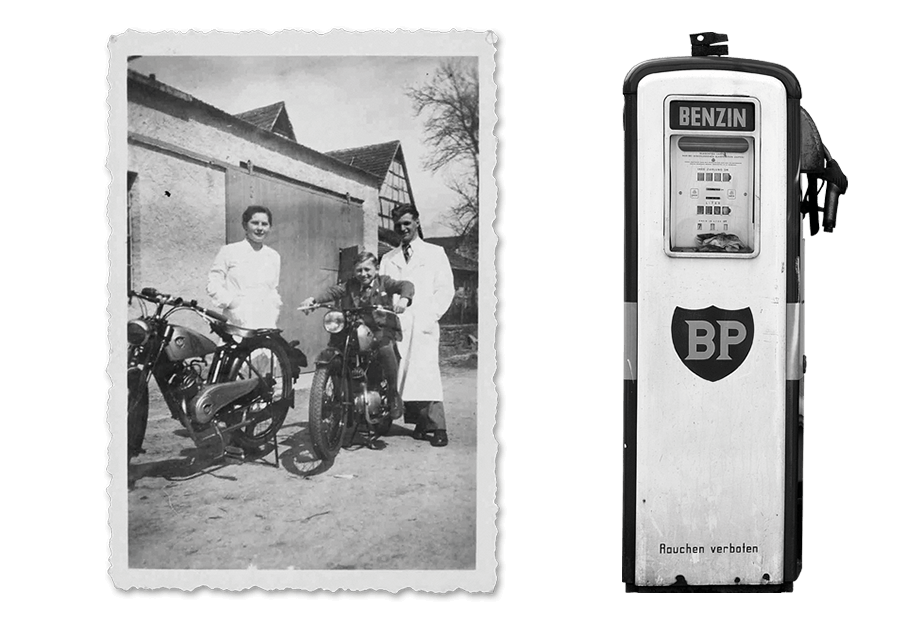
Machine Shop
August Behringer specialised in crafts and the repair of motorcycles and agricultural machinery. He also operated one of the first BP petrol stations in the area. When electricity came to Kirchardt in 1921, he saw an opportunity and passed the master craftsman’s examination in electrical trade. From this point on, he installed electrical systems in existing and new buildings and expanded his company with an electrical shop.
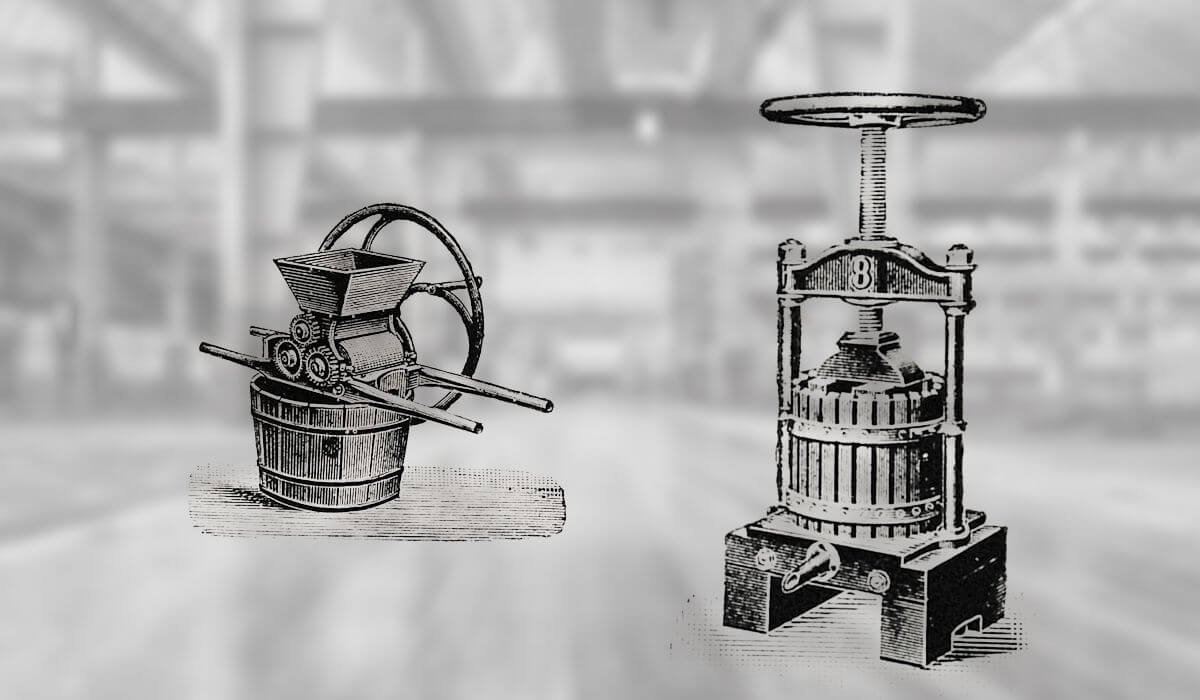
Agricultural machinery
The business was expanded to include production of agricultural machinery such as fruit presses, mashers and forage harvesters. Behringer also ran an armature winding works for repairing electric motors.
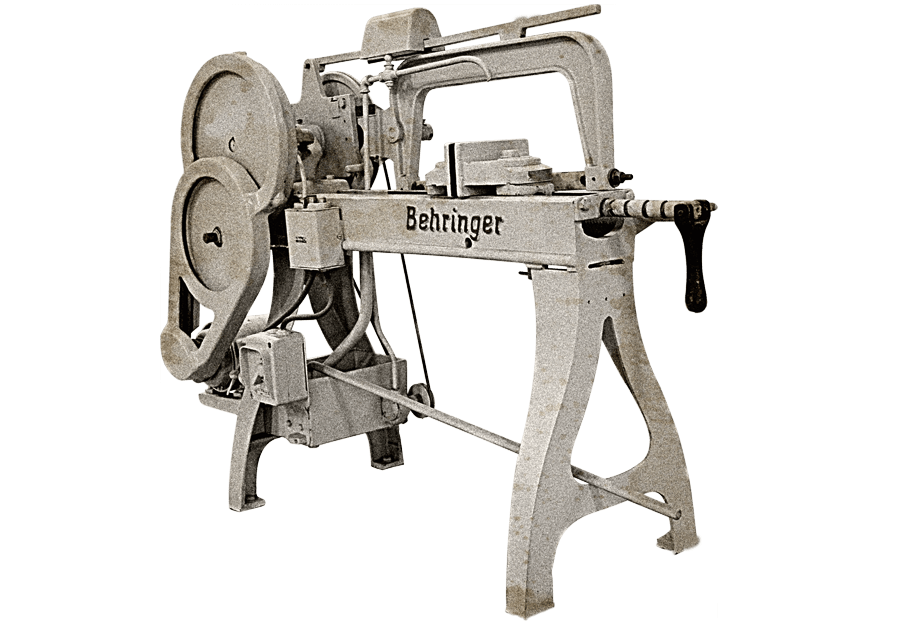
Why hacksaws?
In 1945, August Behringer realised that there was no future in manufacturing agricultural equipment. A travelling tool merchant inspired him to focus on hacksaws. After the war, a great deal of steel and iron was processed and sawn in repair workshops and metal works so it seemed a promising market. The models were developed, designed and produced in Kirchardt. The cast iron for the machines was purchased from nearby iron foundries. The machining of the parts and final assembly of the saws was carried out in-house.
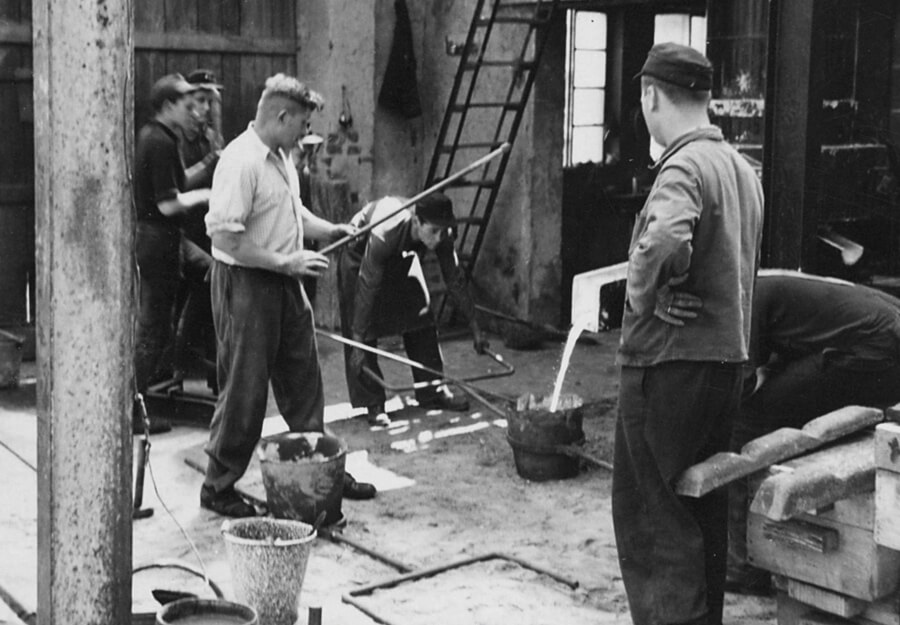
Iron Foundry
The first foundry in the centre of Kirchardt under the evangelical church fulfilled August Behringer’s dream of carrying out all the steps “from molten iron to the finished product”. It all began with a cupola furnace, some cobbled-together wooden crates and a lot of inexperience. The necessary expertise was gained through contact with another friendly company.
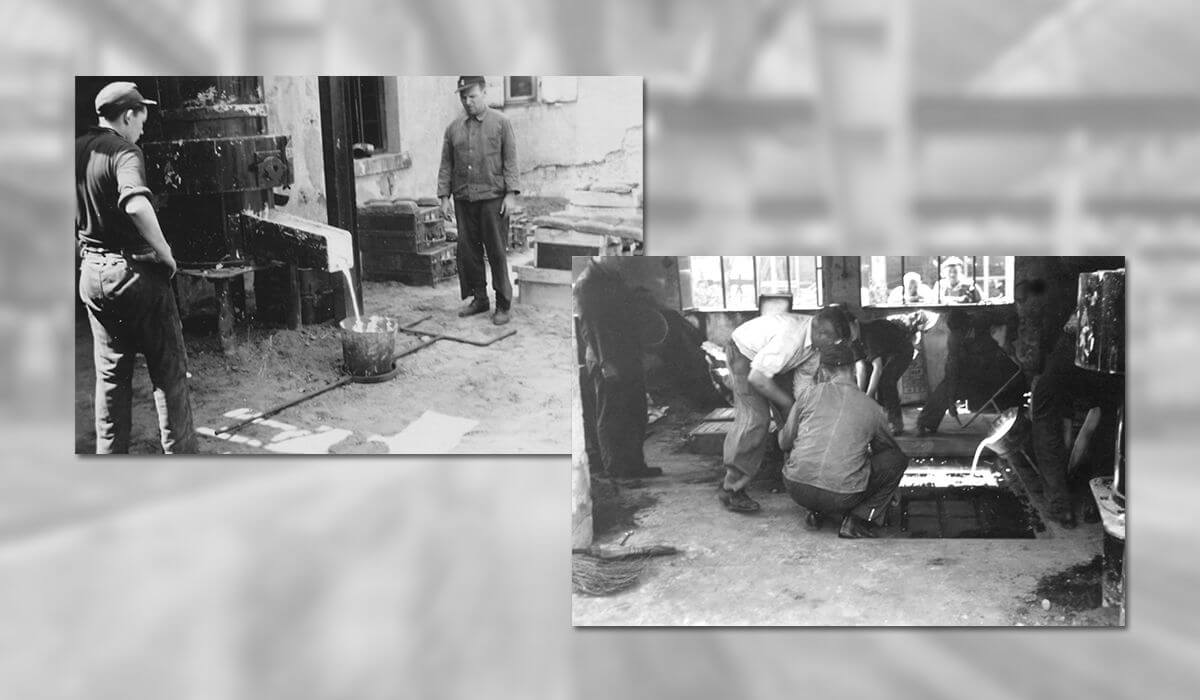
Expansion
An adjacent parcel of land was purchased to expand the company. A new workshop for the foundry meant the company could be modernised. The mechanical engineering department was gradually extended so production could be tailored more economically to demand.
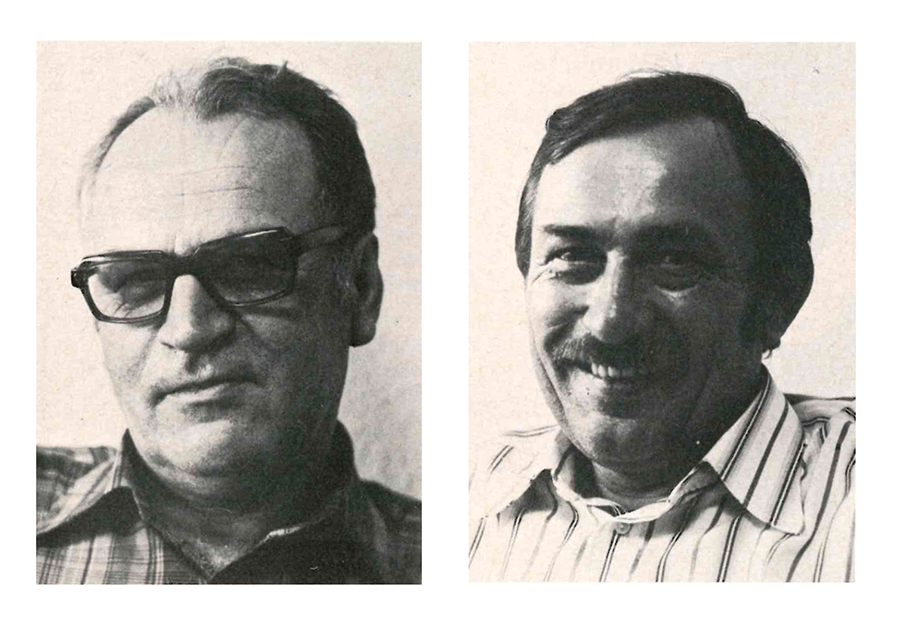
Change in Leadership
The company founder unexpectedly passed away aged 70. Sons Willi and Herbert Behringer took over the company and continued to run it under the name August Behringer Söhne oHG. Another new hall was added to extend the final assembly department for hacksaws and sawing machines.
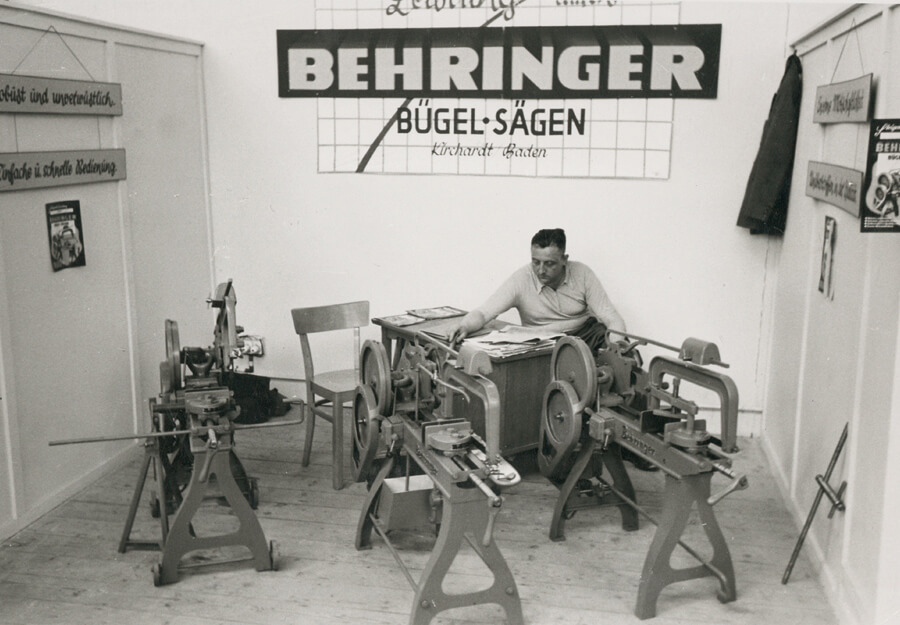
Trade shows
The very first trade fair stand was at the Munich fair for craft trades. The customer base steadily grew globally thanks to participation at national and international trade fairs. BEHRINGER was one of the first manufacturers to focus heavily on exports, initially to Switzerland, Austria, France and Scandinavia. The product range was extended to 15 models.
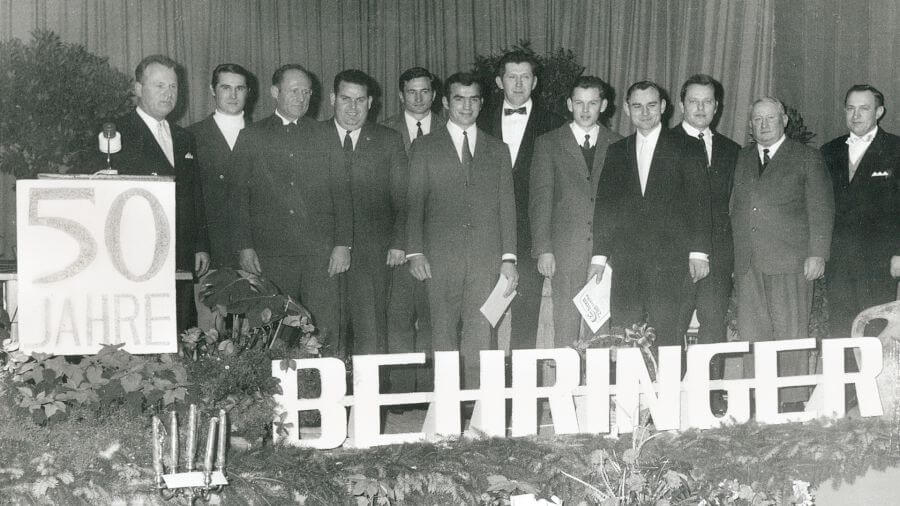
50 years of BEHRINGER
In 1969, the company celebrates its 50th anniversary. The founder’s wife, Emma Behringer and sons Willi and Herbert Behringer with their wives, who actively contributed to the company’s success, looked back on an eventful period.
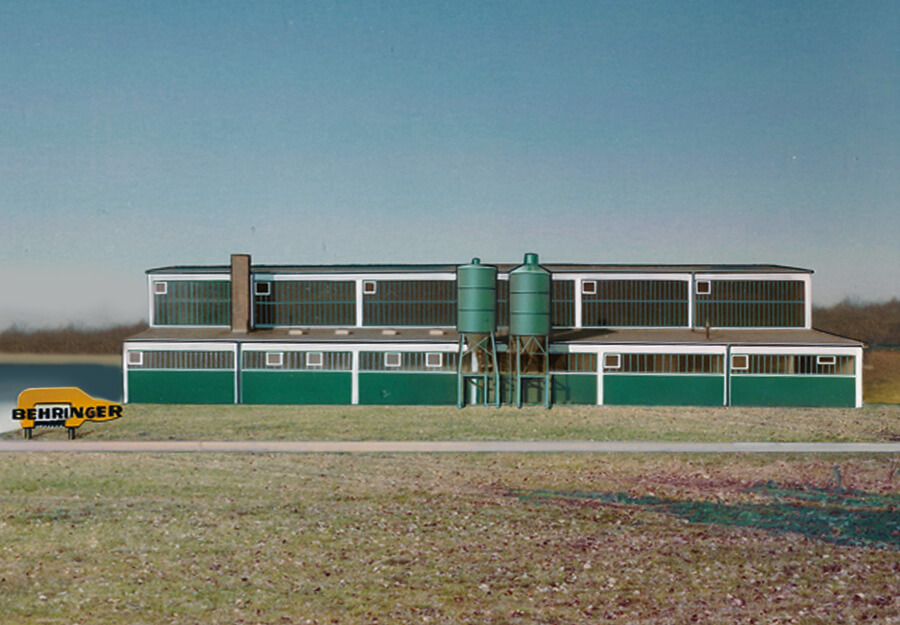
New building at the current location
Construction begins on the new foundry on today’s industrial estate. Not long after, in June 1971, the first tapping took place. As the mechanical engineering department remained where it was, the finished cast parts had to be transported to the old plant by lorry for machining and assembly.
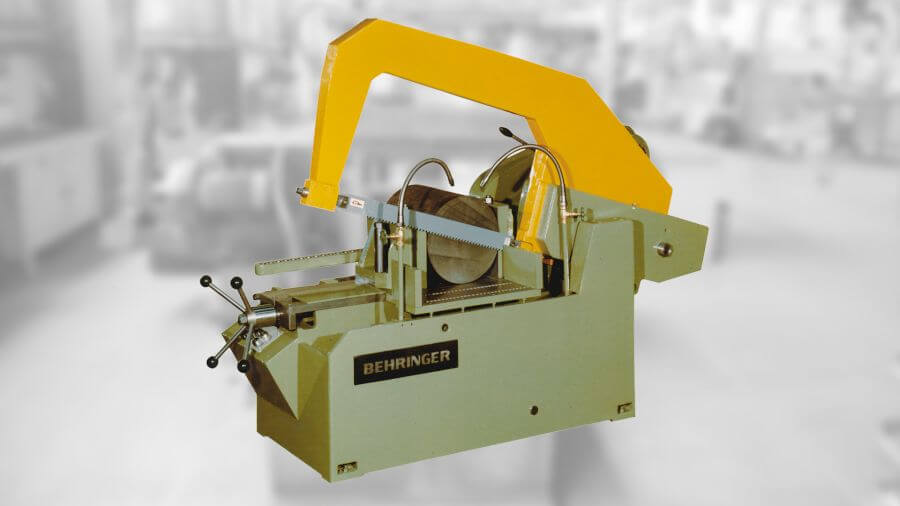
Hydraulic Hacksaw Machine HSM
The HSM represented the introduction of the first larger hacksaw series, which was based on slightly different technology to usual in regard to stiffness and mounting.
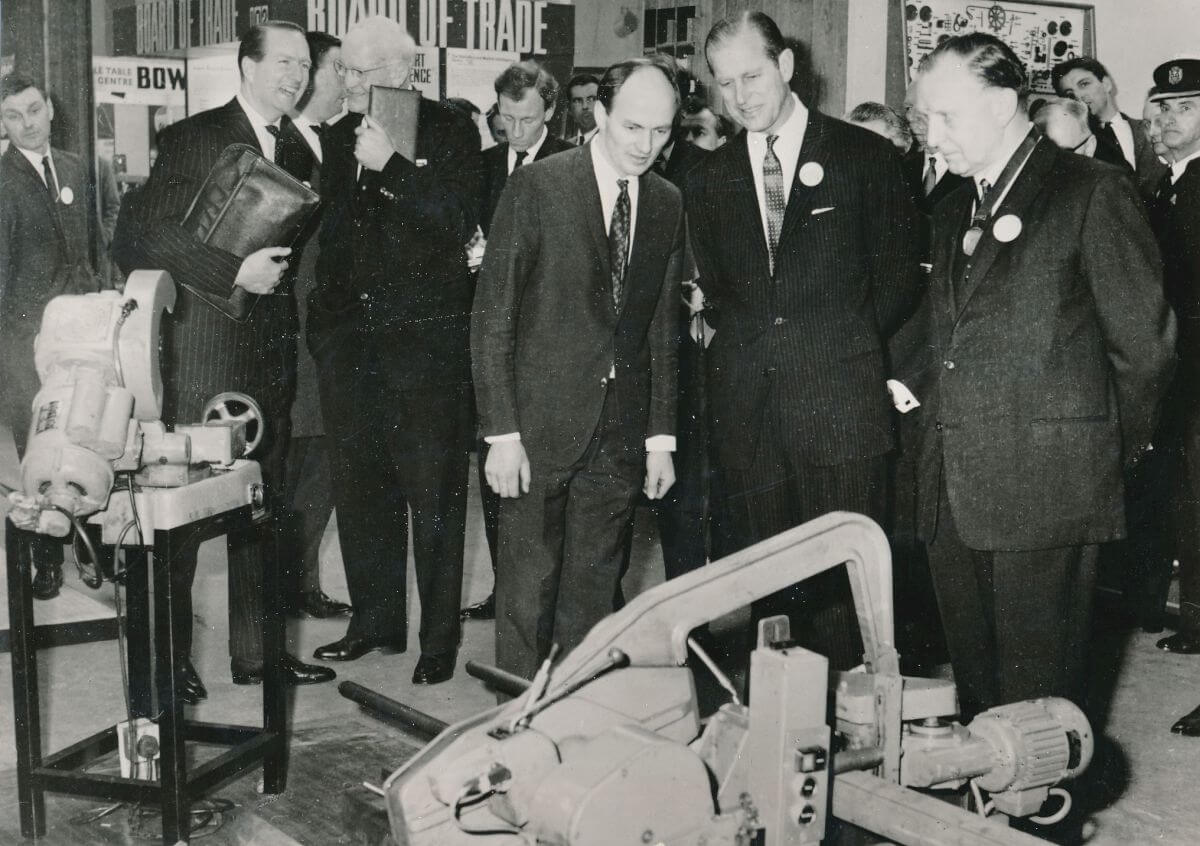
Royal Trade Fair Visitor
Prince Philip, husband of English Queen Elisabeth II, paid a visit to a BEHRINGER trade fair stand in the 1970s.
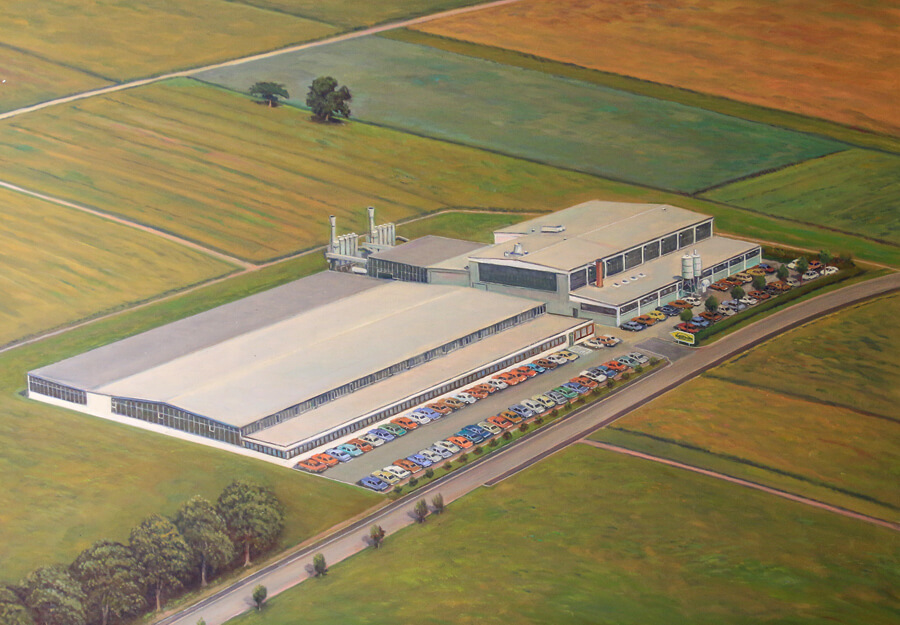
New Office and Production Building
As time went on, transporting the cast parts from the foundry to the machine shop became very costly and time consuming. A decision was made to build a new production hall with attached office building directly next to the foundry. Thus, the entire company, including Administration and Production moved to the industrial estate.
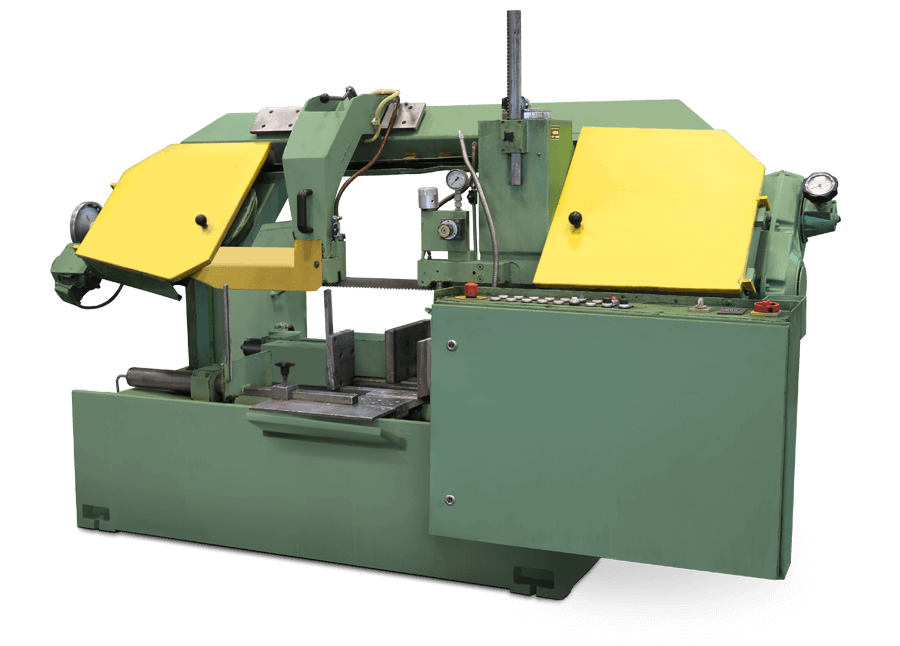
Development of the Bandsaw HBP
The first Behringer HBP320 bandsaw was developed and launched at the European machine tool fair (later called EMO), paving the way for the company to ultimately become a leading expert. To meet the considerable demand, a hall was added to the mechanical engineering department and to the foundry. A second melting furnace and a modern dust extraction system were added to the foundry.
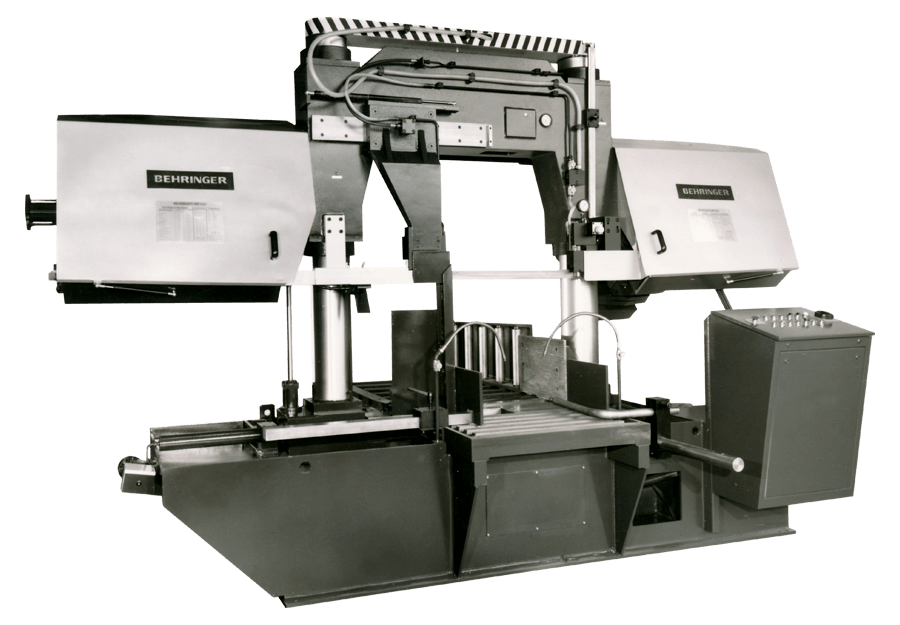
Revolutionary Parallel Column Bandsaw
Behringer launched the HBP480 parallel column bandsaw, surprising the market with a revolutionary new development which was to be groundbreaking for sawing technology.
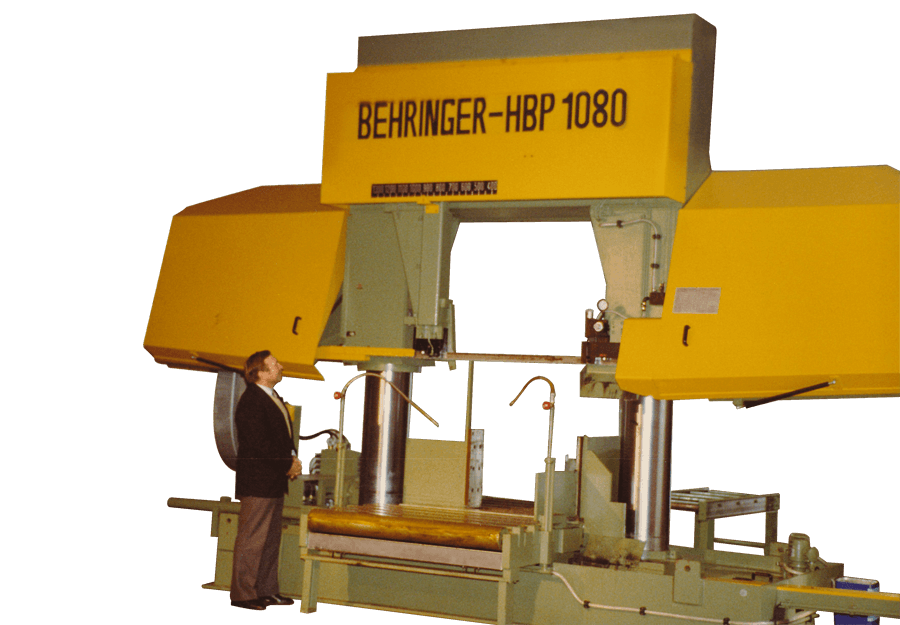
Production Large Bandsaws
The company responded quickly to market requirements for ever larger machines with a cutting range greater than 1,000 mm and started to develop and produce the HPB1080 large bandsaw. The heavy, sturdy design of the machine remains the most striking feature of Behringer large bandsaws today. Another hall was constructed for the machine shop.
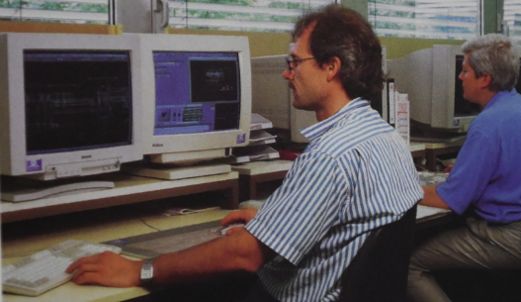
Computer-Aided Design
Yet another production hall was built and the office building was extended. The engineering office enjoyed the arrival of computer technology with the installation of the first 2D CAD workstations. And technical progress was welcomed in the foundry with a new, fully automatic sand preparation plant.
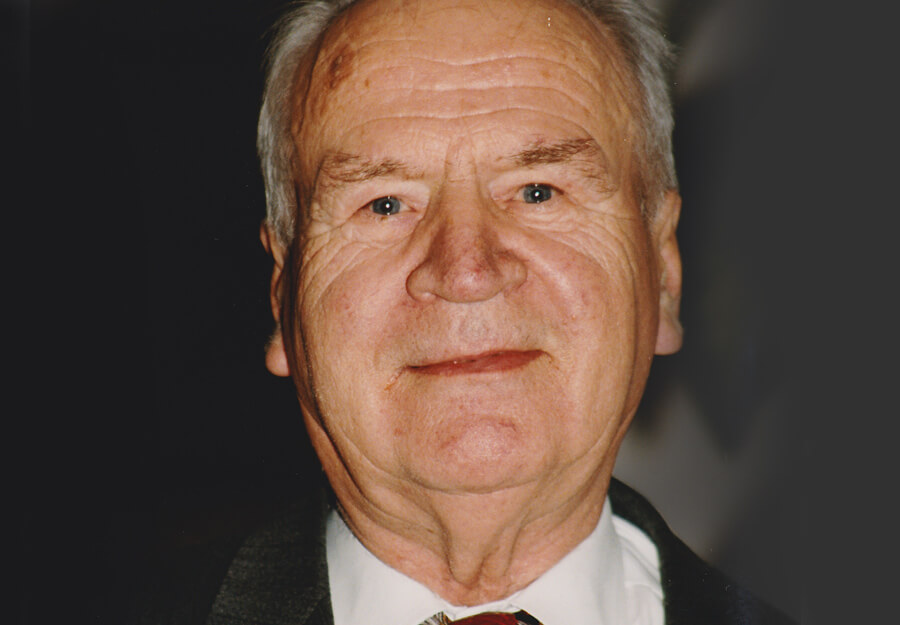
Retirement for Willi Behringer
Willi Behringer withdrew from the management board. He was replaced by his son Rolf Behringer.
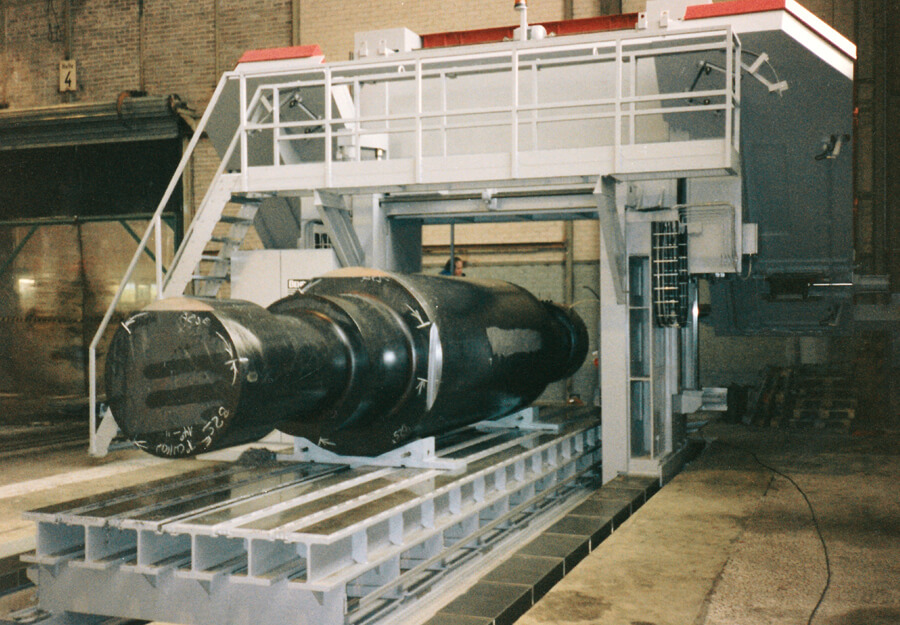
New Growth Markets
Roller conveyor production was expanded to meet market requirements for systems, complete solutions and greater automation. “Think bigger” was the approach as the first HBP2000 Gantry large bandsaw is unveiled. The company focused on new growth markets with a sales branch in the USA.
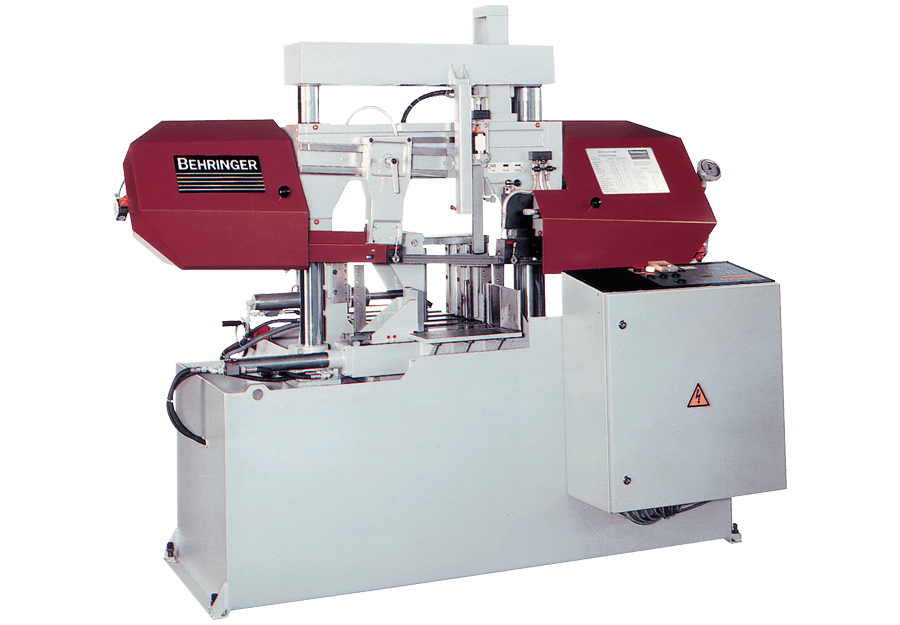
Modular System
With the 26 series featuring models HBP263A to HBP513A, Behringer launched the first generation of machines which were based on a wide platform. Various versions could be created relatively quickly and easily from a modular system.
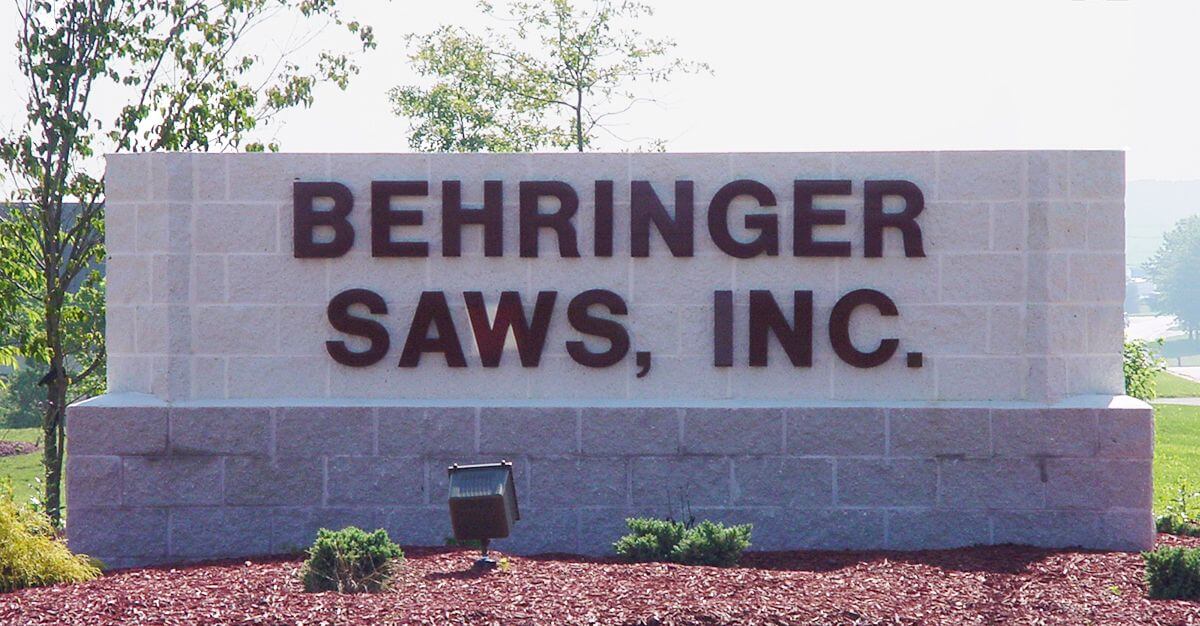
BEHRINGER Saws Inc.
Behringer Saws INC. was founded in Columbus, Indiana, as an independent US branch. The company is now based in Morgantown, Pennsylvania.
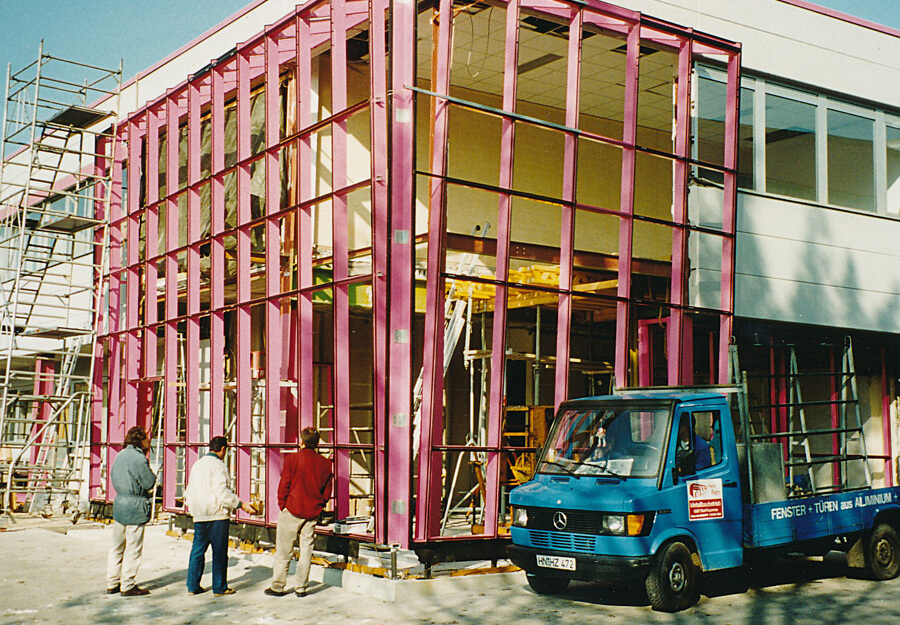
BEHRINGER booms
The continuous growth was also reflected in development and management. A modern, light-filled extension created space to cope with the need for more workstations. The extension was inaugurated as part of the celebrations for the company’s 75th anniversary.
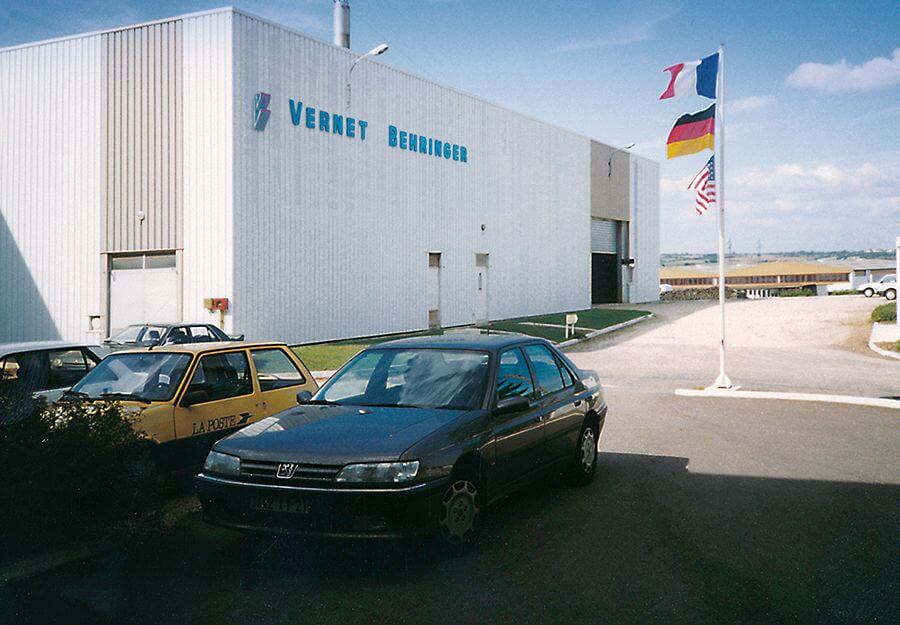
Foundation of VERNET BEHRINGER
Behringer acquires a stake in Vernet, a leading French manufacturer of profile machining machines and systems in Dijon. Vernet Behringer was founded. Through the investment, Behringer expands its product portfolio in the field of steel and plant construction.
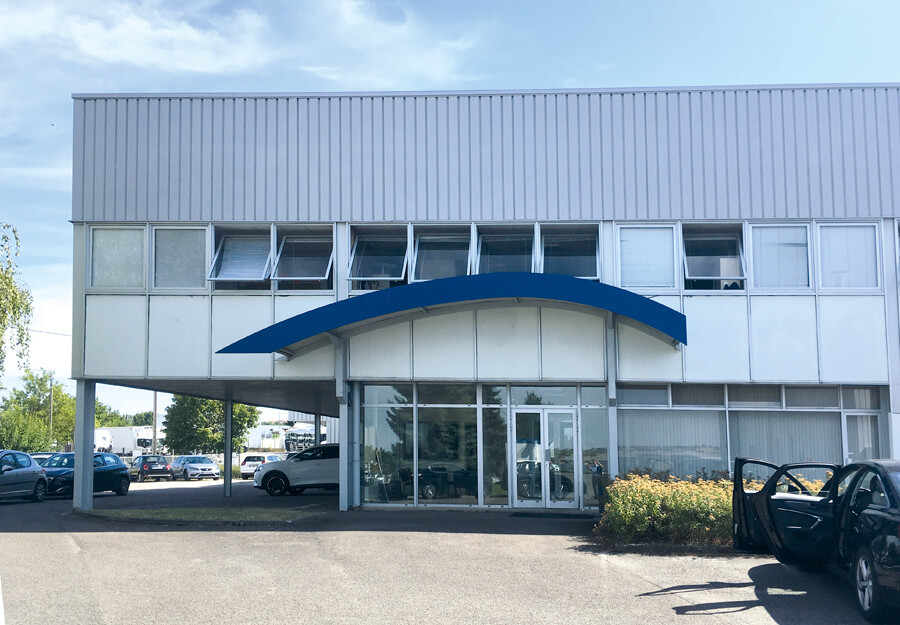
Foundation of BEHRINGER France
In order to better serve the French market for saw machines, an independent Behringer France branch was founded in Dijon.
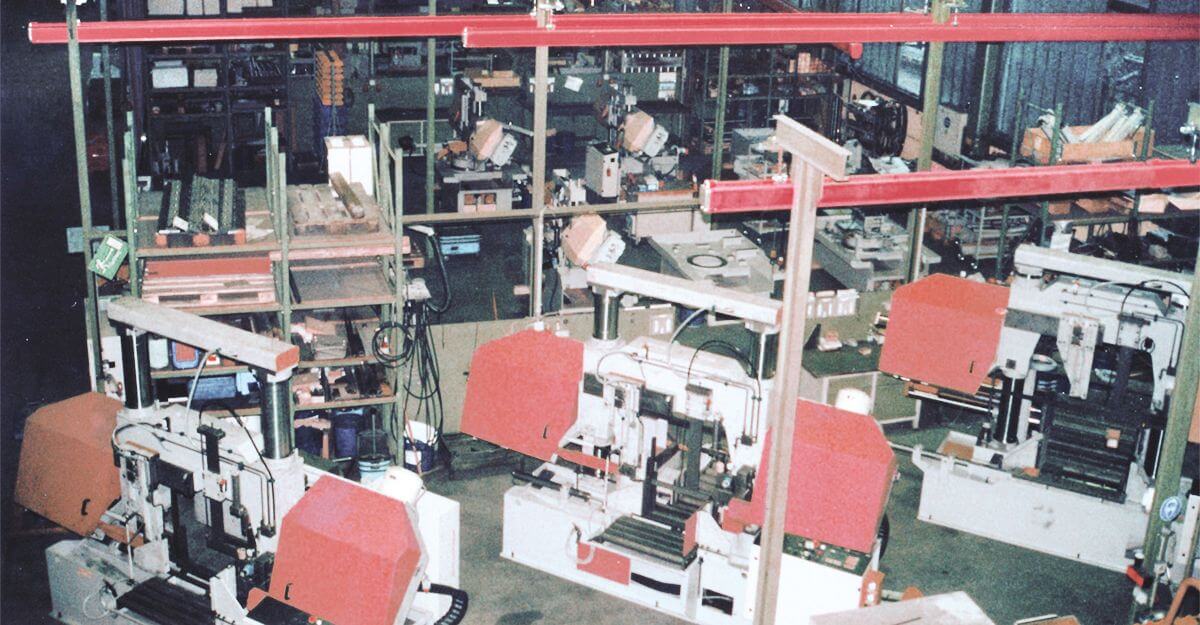
Flow Production
The introduction of a modern continuous flow production completely re-organised Behringer's production and assembly processes.
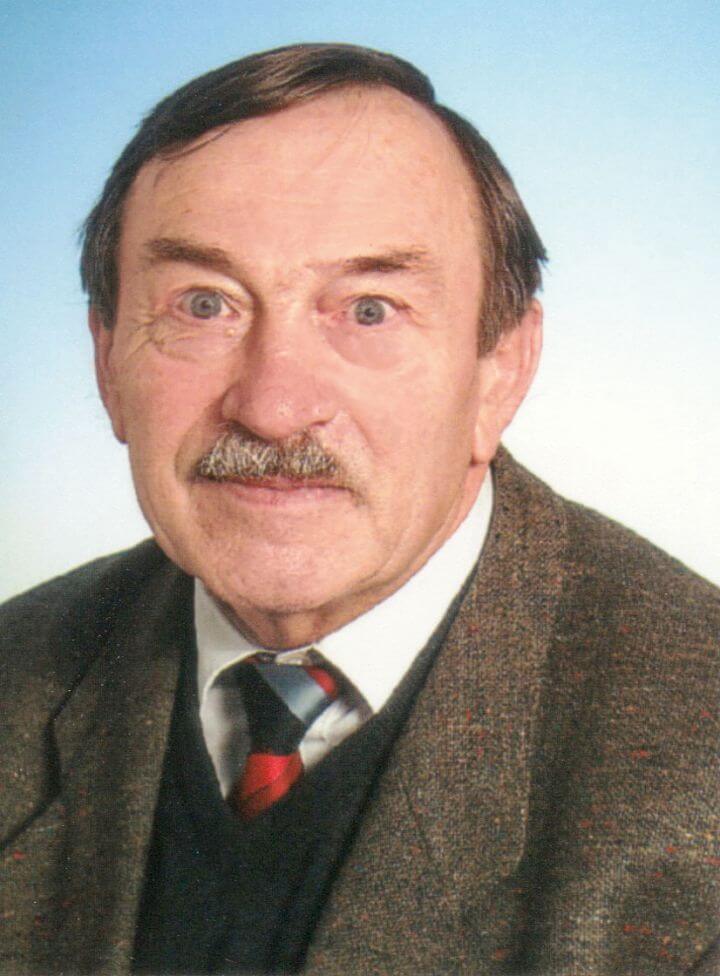
Retirement of Herbert Behringer
After Herbert Behringer left the company, his son Christian joined the management board.
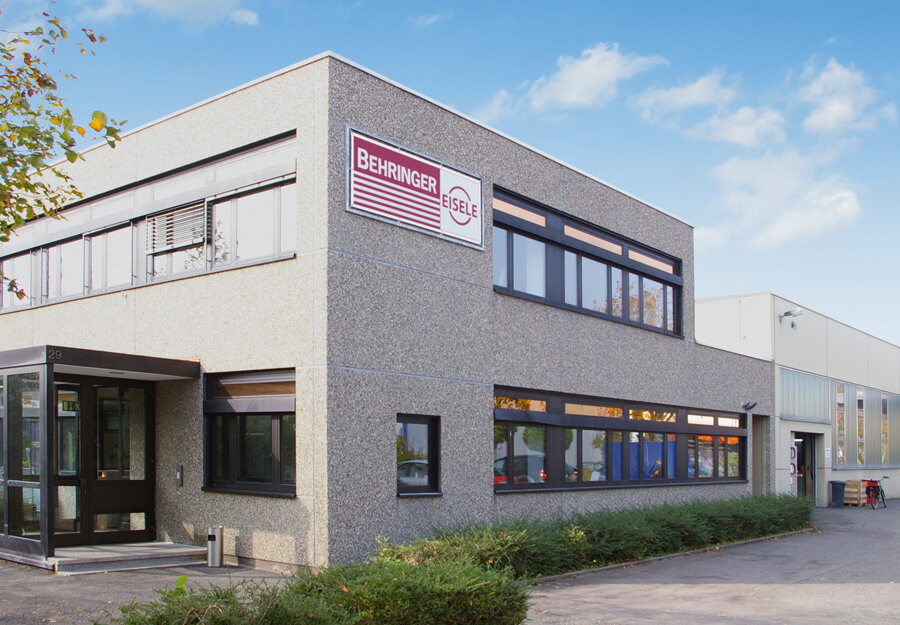
Takeover Eisele Circular Saws
Behringer took over the traditional circular saw manufacturer EISELE from Köngen, positioning itself for the first time as a full-range supplier of bandsaws, hacksaws and circular saws.
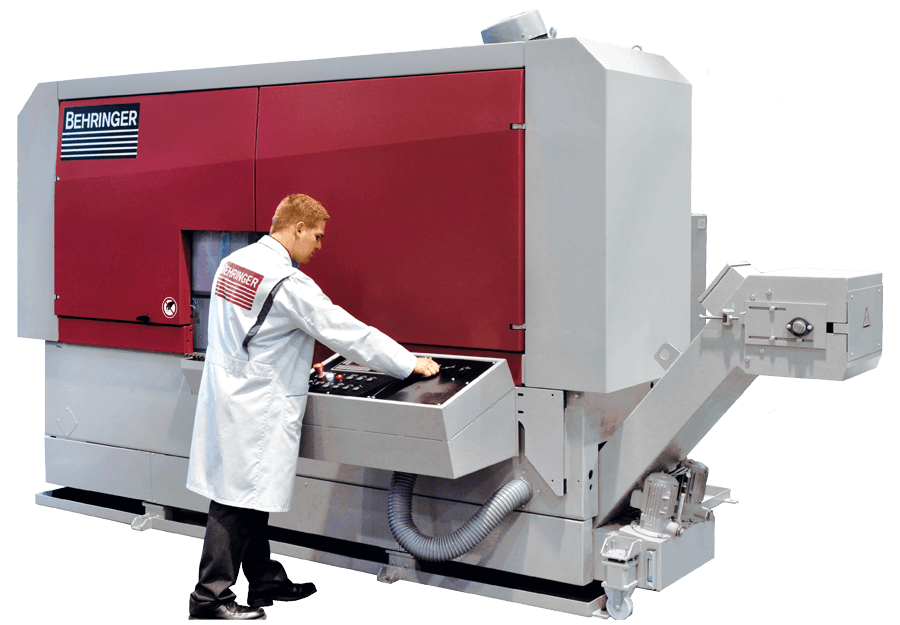
Introduction of the HBM Series
The HBM series for cutting high-alloy and difficult-to-machine materials makes its debut. It still ranks as one of the most powerful sawing machines in the world.
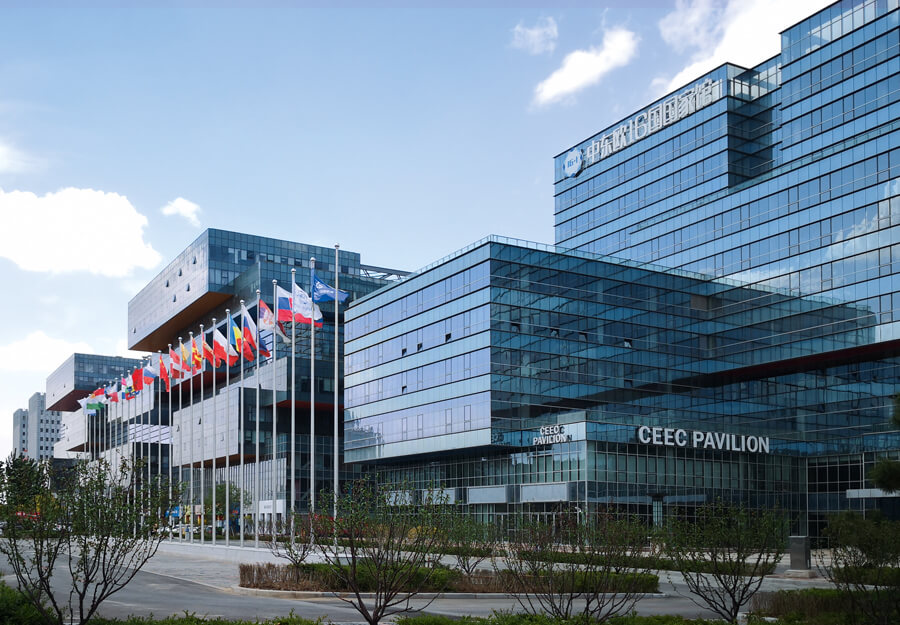
BEHRINGER Machinery Co., Ltd.
Behringer began to focus on a new growth market by establishing a sales office in China.
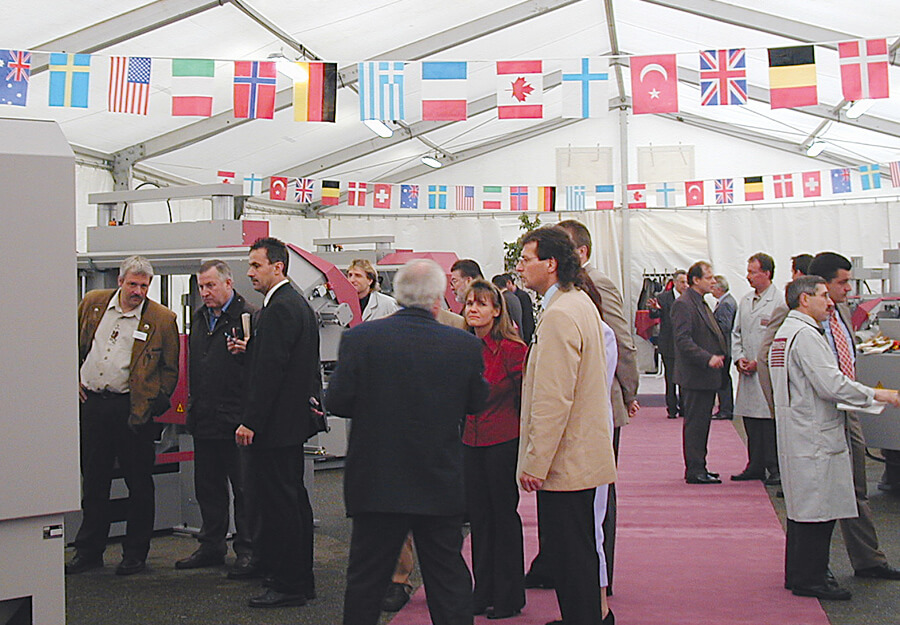
Open Houses in Kirchardt
The first open house is held at the headquarters in Kirchardt. National and international customers were able to experience almost all machines and systems in action at the multi-day event. Guided tours around the production facilities and iron foundry gave guests a comprehensive picture of Behringer’s vast in-house production and expertise. The event is held every two years.
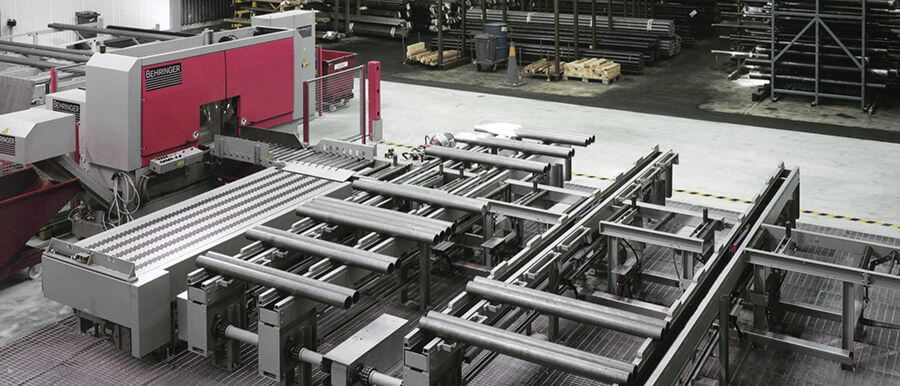
Digitalisation and Automation
Delivery of the first HBM370A-PC-E, a fully automatic sawing cell with sorting unit on the outfeed side, based on the HBM series. Today, against the background of demographic change, its features such as low-man production and digital interfaces are more relevant than ever.
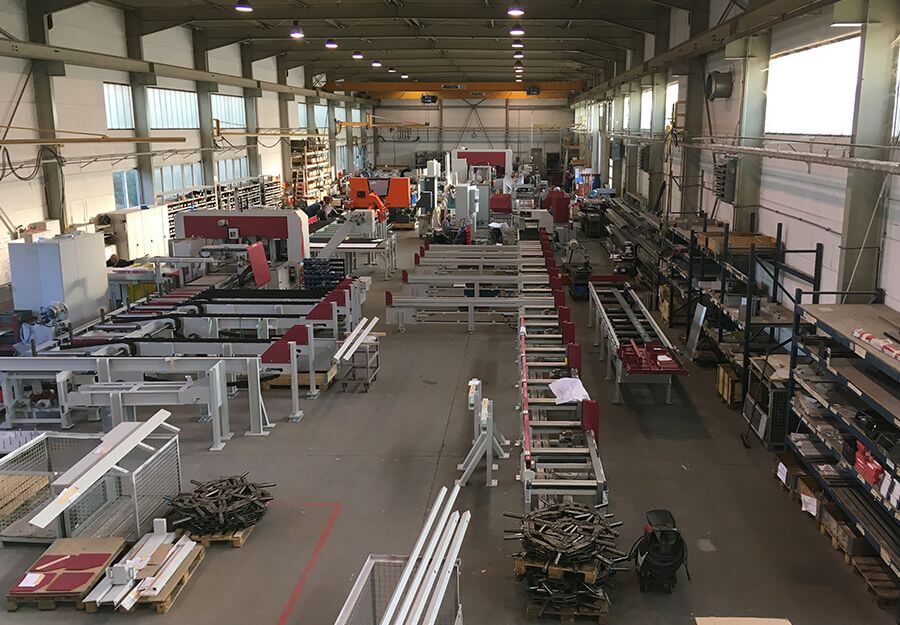
Factory Sinsheim-Dühren
Due to the trend for automated systems, space for assembling and commissioning saw systems became tight at the headquarters in Kirchardt. Space for the material handling production was therefore rented in Sinsheim-Dühren.
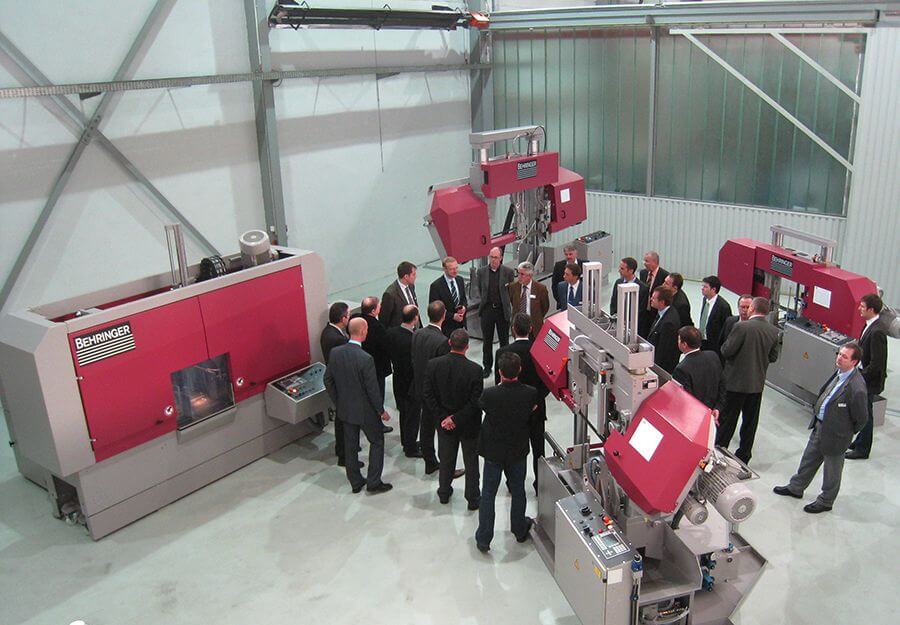
BTZ Demonstration and Technology Centre
Equipped with the most innovative Behringer machines, the BTZ Demonstration and Technology Centre provides an ideal environment for customer-focused research and development activities and for tests using customers’ materials under process conditions.
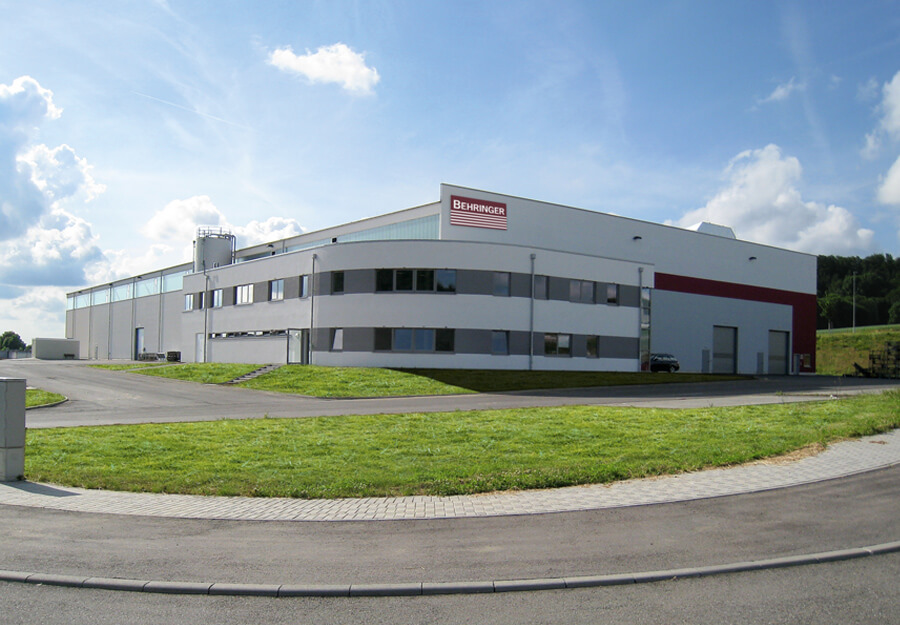
Modern Iron Foundry
With the inauguration of a cuttingedge iron foundry which was newly designed from the ground up, Behringer raised the bar in terms of production processes, energy efficiency and quality. Investment in state-of-the-art production technology in conjunction with years of expertise in grey and spheroidal graphite cast iron, positioned Behringer in the premium class of German and European foundries.
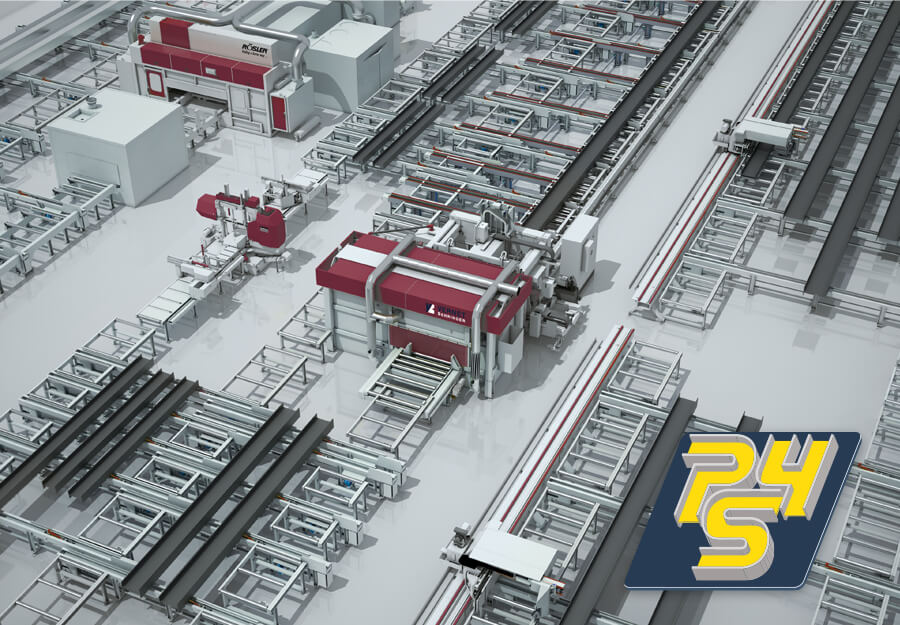
Partners for Steel
The rising demand for customer-specific system solutions for profile machining from a single source inspired Vernet Behringer, as a manufacturer of profile machining equipment and systems, Behringer as an international producer of innovative saw technology and Rösler Oberflächentechnik GmbH, as the world’s market leader in shot blasting and mass finishing to collaborate under the brand “Partners for Steel”.
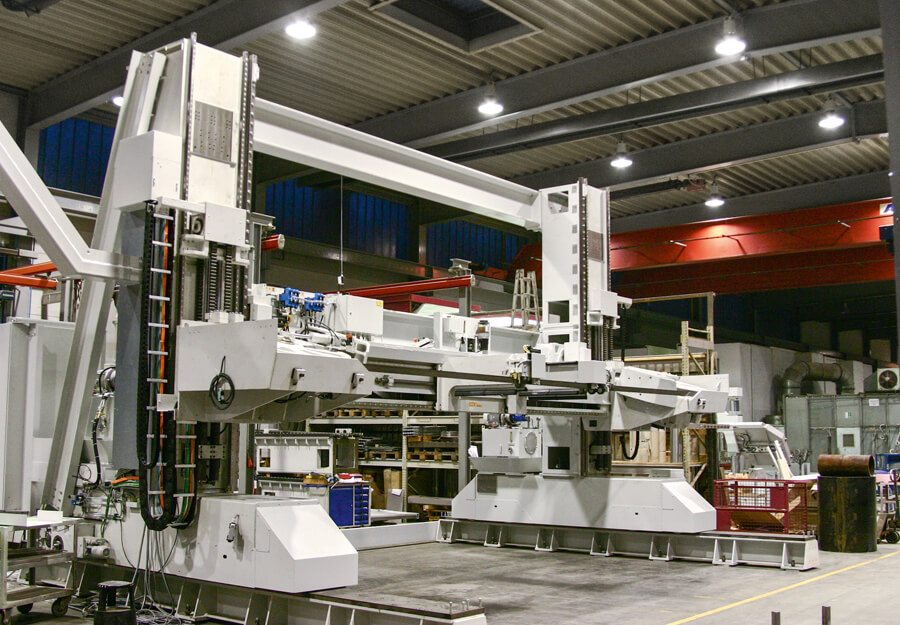
Largest Bandsaw
Delivery of the largest sawing machine ever built by Behringer. The HBP5000 with a cutting range of 5 meters was ordered for sawing contaminated heat exchangers and used for dismantling power plants.
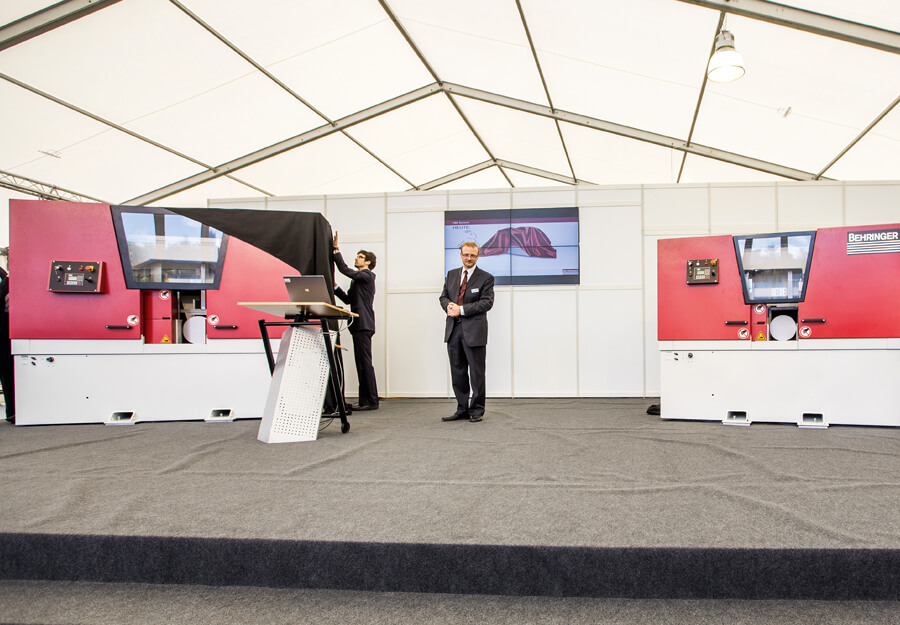
Introduction HBE Dynamic Series
The HBE Dynamic series makes its debut at the in-house exhibition. The new series was designed as the successor to the HBP series and impressed with its performance, user friendliness and cost effectiveness. The first HPS bandsaw for horizontally dividing aluminium blocks was delivered.
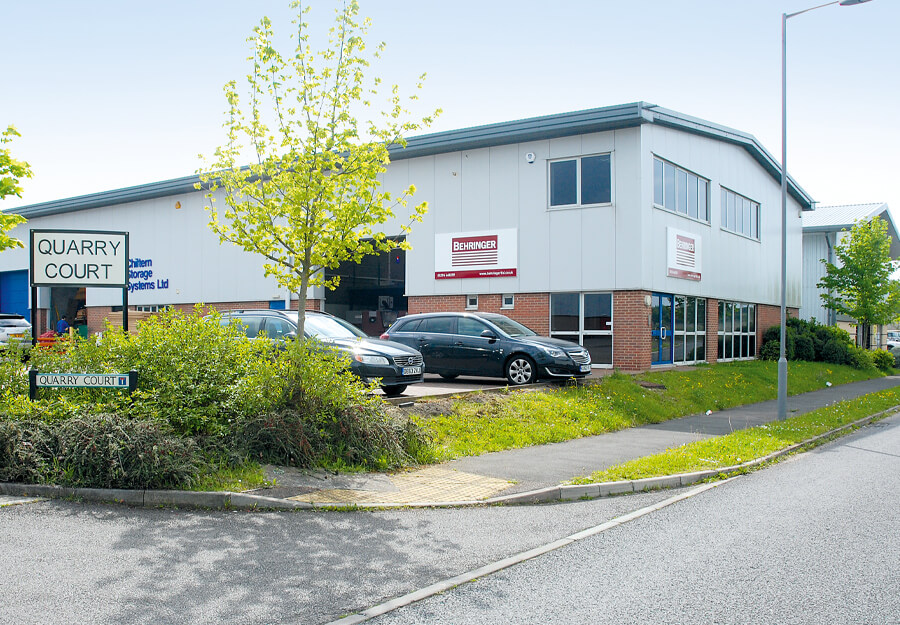
BEHRINGER Ltd.
Behringer Ltd. was founded as a sales and service office to expand the company’s long-standing presence in Great Britain.
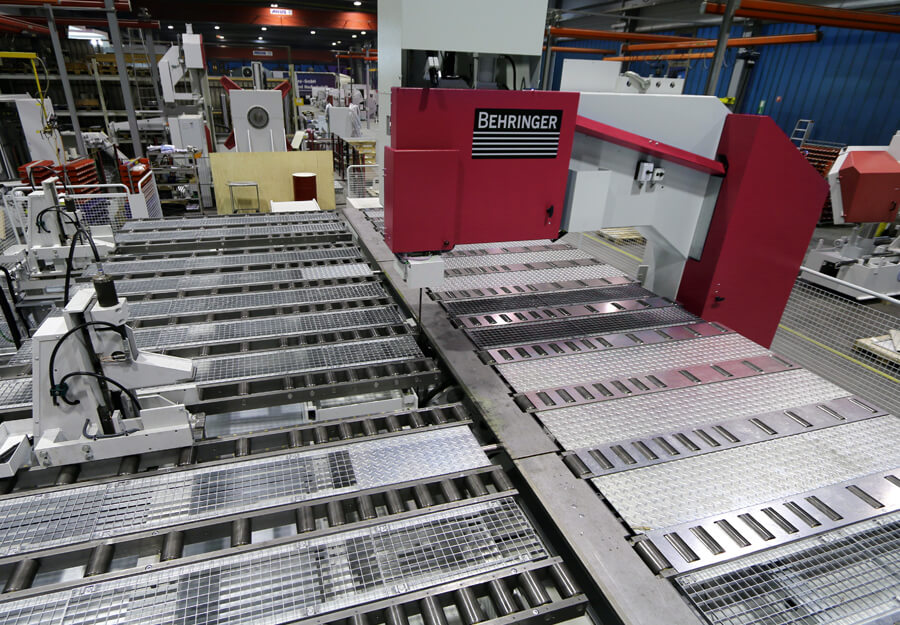
The Largest Automatic Plate Saw
The largest fully automatic plate saw LPS25-200-7A, built in Kirchardt, set a new Behringer record with a table length of 7 metres.
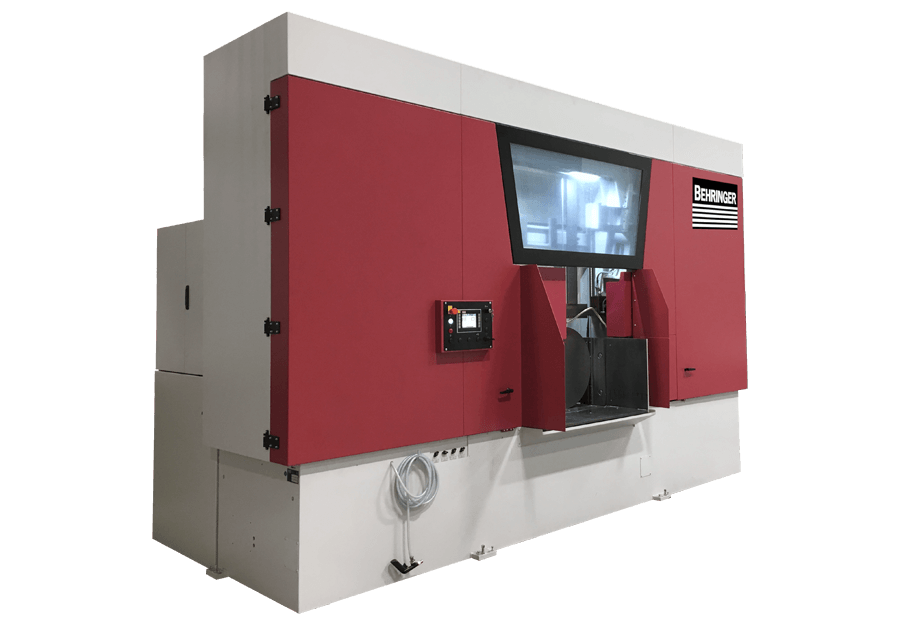
HBE Performance Series
The technical highlight of the 2015 in-house exhibition was the introduction of the first model in the HBE Performance series HBE663A.
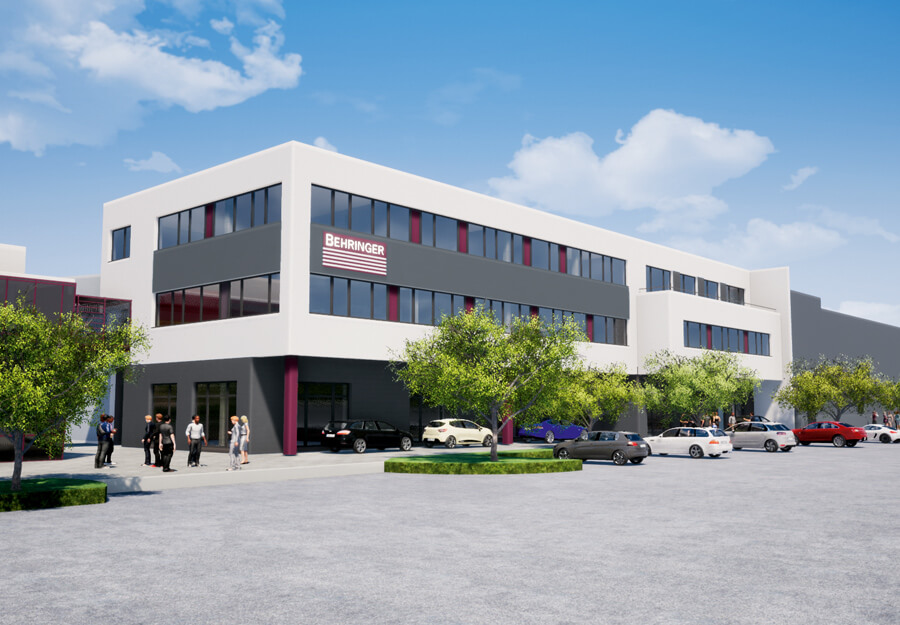
Expansion Administration and Production
Construction began on the new administration building and the new steel construction hall ready for the anniversary year.
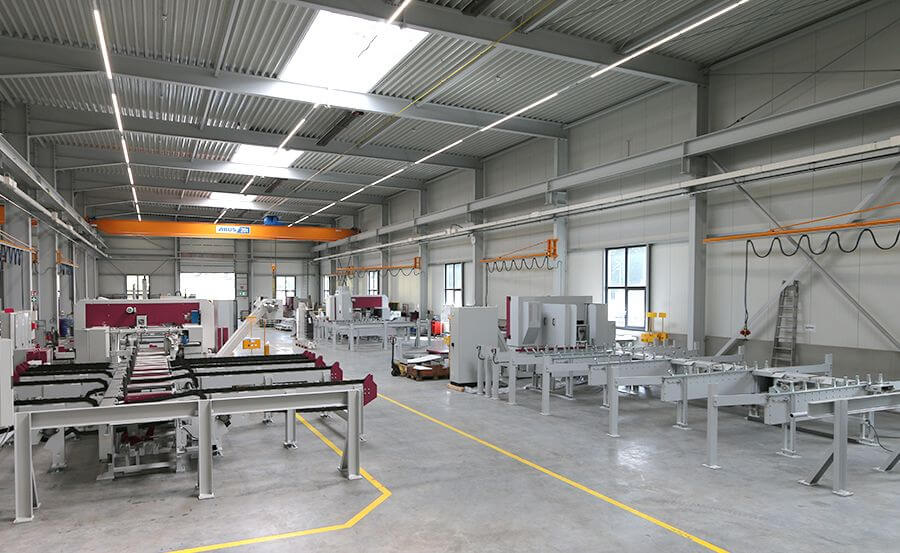
Inauguration New Production Hall
At the same time as the anniversary celebration, the new production hall for steel and plant construction with over 4,000 sqm was inaugurated.
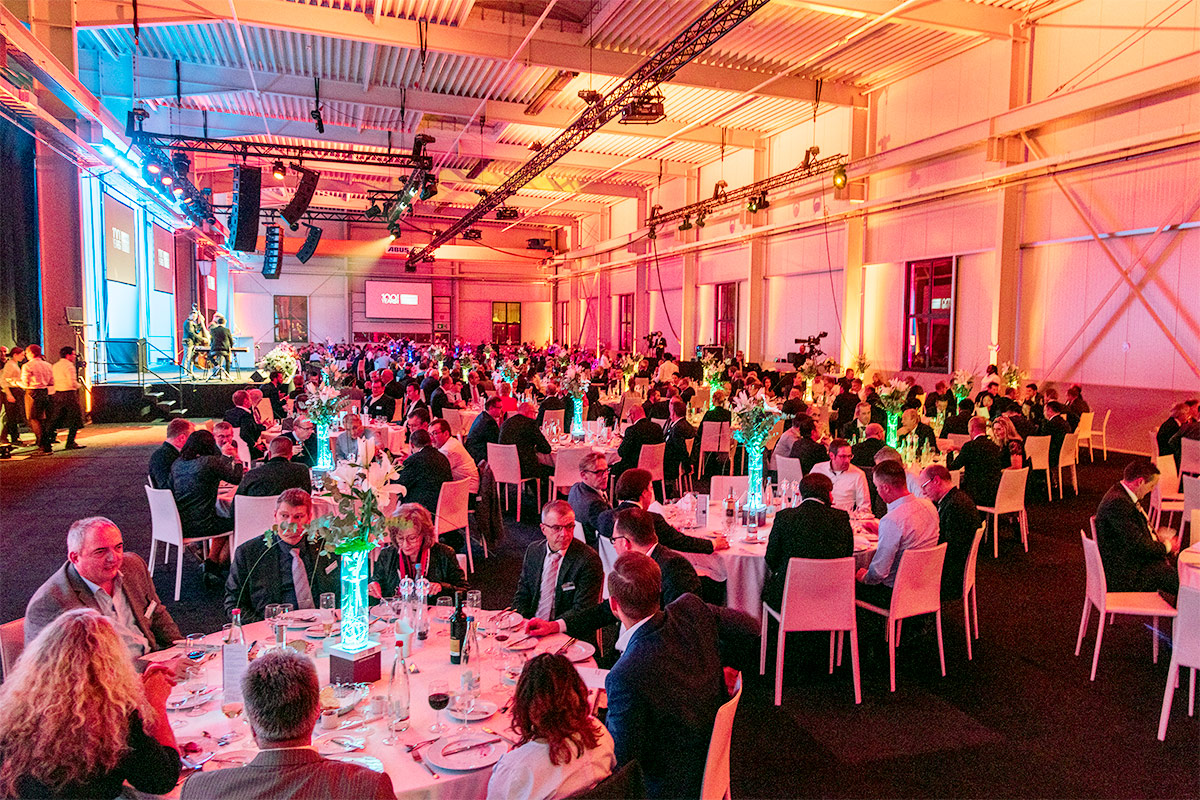
100th Anniversary
Behringer celebrates its 100th birthday with a 3-day party in the new production hall. Customers and business partners from over 30 nations, employees of the entire Behringer Group as well as their families and local residents of the community of Kirchardt were able to enjoy a varied programme of culinary delights, talks and speeches, live music and a fascinating Varieteé programme.
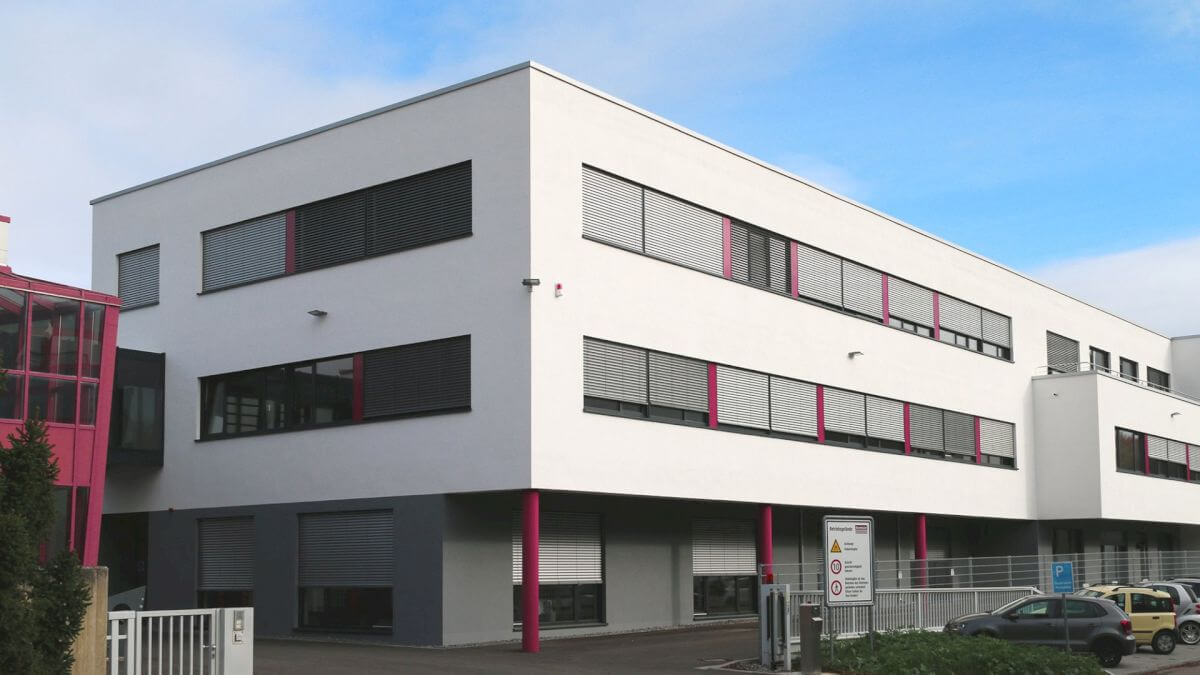
Move into Administration Building
With the completion of the new office building, Behringer is making itself fit for the future and creating space for an inspiring working atmosphere.
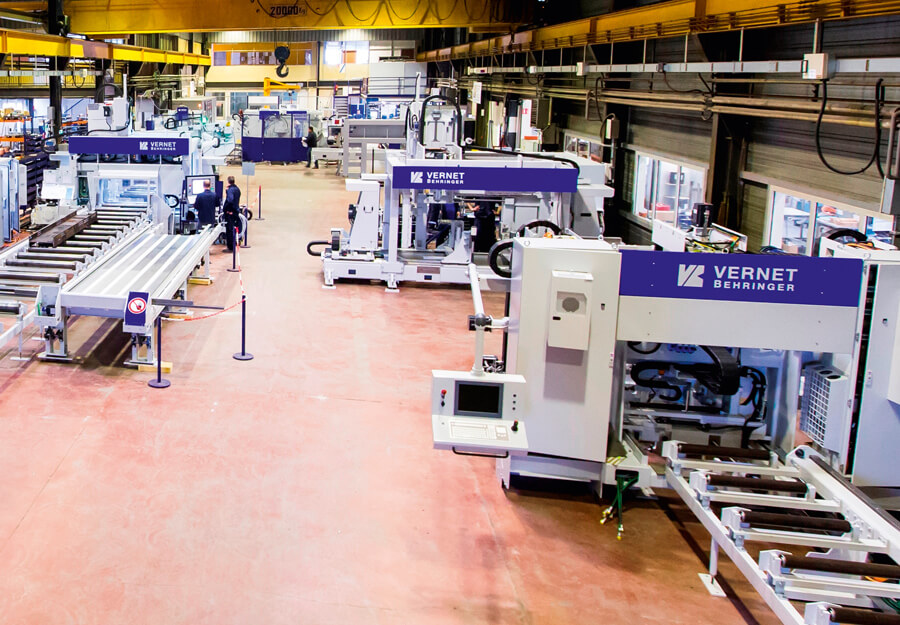
Takeover VERNET BEHRINGER
Behringer GmbH takes over 100% of the shares of Vernet Behringer. Already since 1996, Behringer has been the most important shareholder and strategic partner, especially in the development of integrated saw-drill lines.
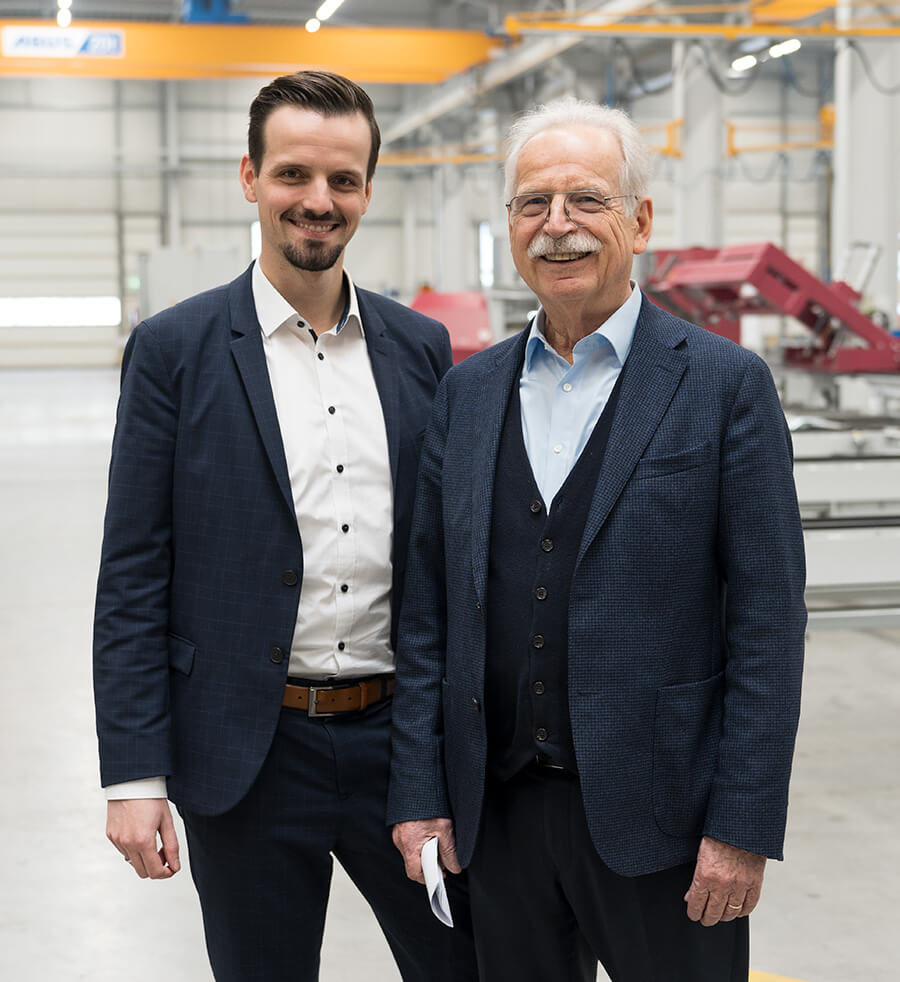
Retirement for Rolf Behringer
After almost 45 years of commitment to the BEHRINGER family business, Rolf Behringer is retiring. With his son Andreas Behringer, the fourth generation joins the management.
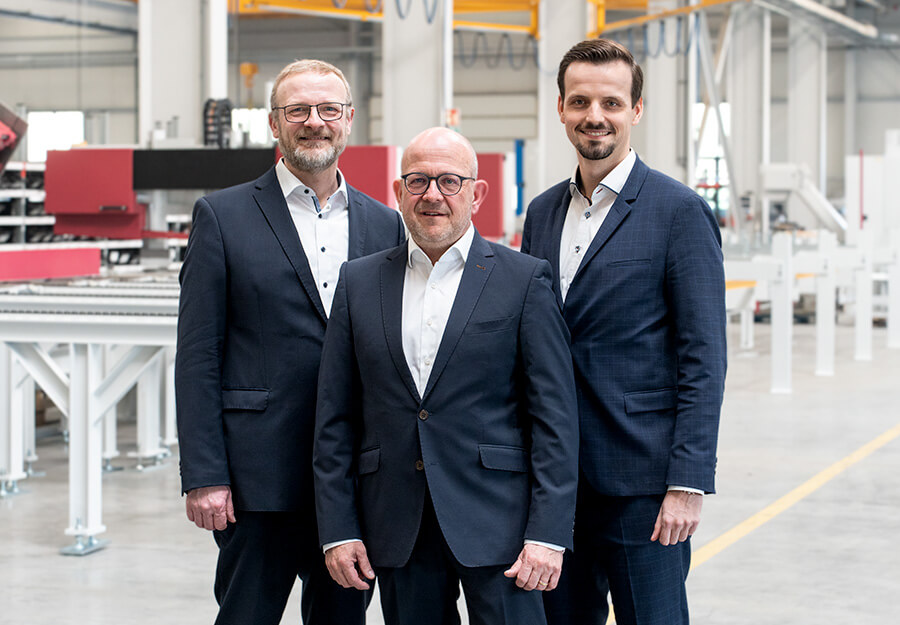
New management
The new management team is completed by Thomas Großkopf as the third Managing Director. He has been with BEHRINGER for more than 20 years as production manager and with BEHRINGER EISELE as managing director and knows the company's processes in detail.
